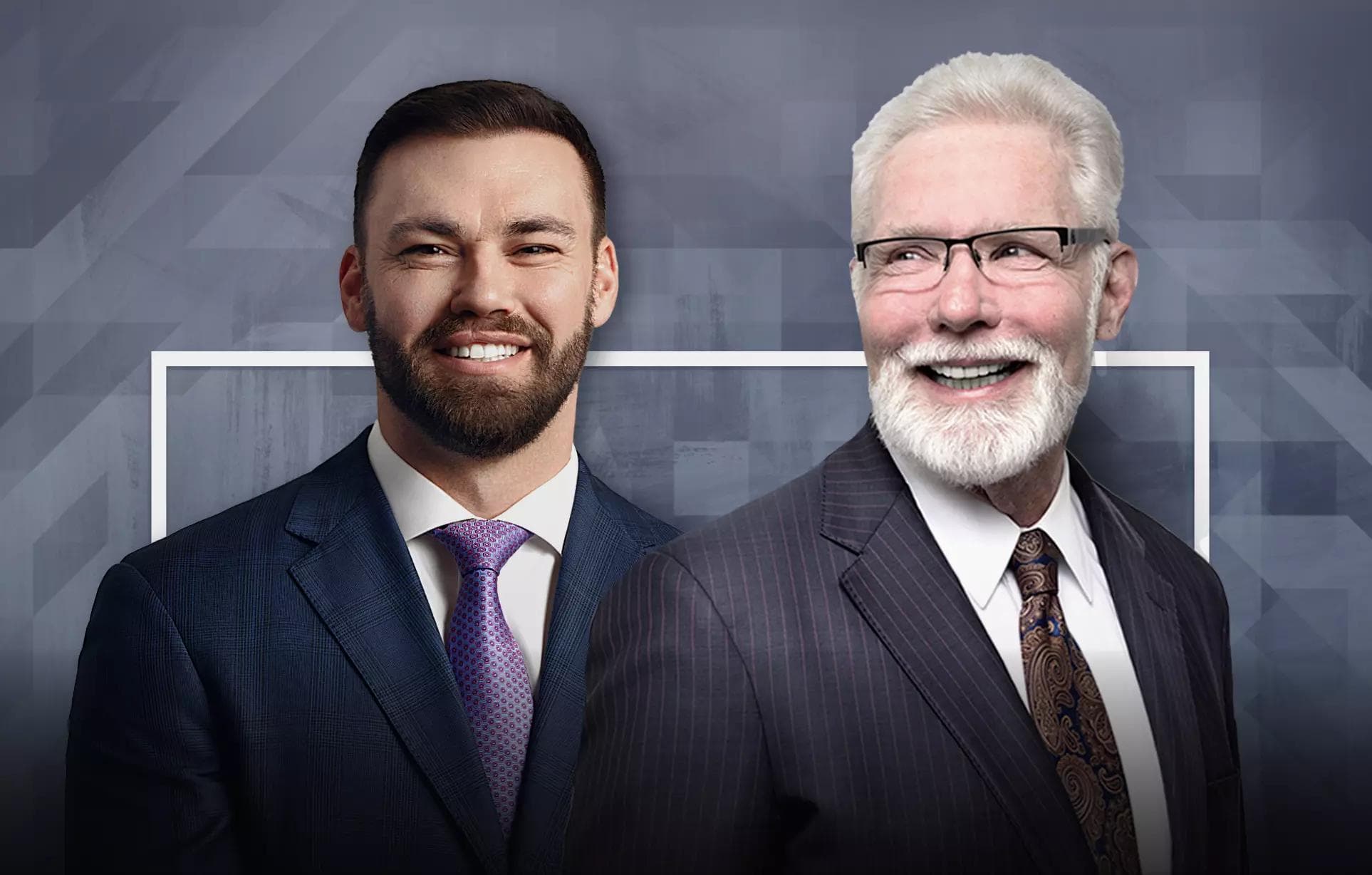
How Long Does a Personal Injury Case Take to Settle?
Free ConsultationQuick answer: Most personal injury cases resolve somewhere between a few months and two years. The true timeline is often determined by medical stability, the strength of liability proof, the number of defendants and insurance layers, the completeness of damages documentation, and whether your lawyer is ready and resourced enough to try the case if negotiations stall.
Why is there no single “average” timeline for personal injury claims?
No two injuries, fact patterns, or insurance programs are the same. Some clients finish conservative care in a few weeks, while others need surgery, rehab, or a staged treatment plan that takes months to understand. Liability can be simple or complex. Policy limits may be obvious or buried under multiple commercial layers. Because settlement is an exchange of risk for certainty, the case moves only as quickly as the evidence and medical picture allow a fair number to come into focus.
What are the main phases of a personal injury case?
Think of a claim as moving through four overlapping phases, each with its own pace:
Intake and evidence preservation
Your team locks down time-sensitive proof, including incident reports, surveillance, 911/body-cam audio, photos of hazards or defective products, and witness statements. The goal is to preserve what can disappear and to stop insurer pressure before you’ve even seen a specialist.
Medical diagnosis and stabilization
Doctors identify injuries, order imaging, and try conservative care. If surgery is recommended, the timeline pauses while you decide, undergo treatment, and recover. Settling too early risks undervaluing future care and work limitations.
Liability and damages work-up
Your lawyers translate medicine into dollars and proof. They also analyze fault through inspections, standards, logs, and expert reconstruction when needed.
Negotiation and litigation
Strong demand packages often prompt meaningful negotiations. If an insurer withholds documents or low-balls, filing suit compels depositions and production. Many cases settle after key testimony, while others require trial dates to create real leverage.
How does medical treatment timing affect settlement?
Insurers and juries compensate what they can see and prove. If you’re still cycling through diagnostics, haven’t tried recommended therapy, or are deciding on surgery, any estimate of future care is less persuasive and often discounted. The moment your condition stabilizes (sometimes called reaching maximal medical improvement), doctors can credibly forecast what you’ll need next year and beyond. That’s when case value firms up.
Do you have to finish all treatment before settling?
Not always. Minor injuries can resolve fully and quickly. For more serious harm, you don’t have to wait until the last follow-up. What matters is a stable treatment plan and a clear medical opinion about future needs. A life-care planner can outline reasonable future costs even while periodic care continues.
What if you have a pre-existing condition?
Pre-existing issues don’t doom a claim. In fact, the law recognizes that a wrongdoer must take a person as they are. The key is differential proof by showing how the incident aggravated or accelerated the prior condition. Objective imaging, comparative medical records, and well-documented changes in daily function often resolve the “old versus new” debate and help the timeline.
How do public-entity claims change the schedule?
Claims involving government agencies frequently require an early written claim (often within a few months) before you can sue. Miss that step and options narrow. A trial-ready team calendars that deadline and preserves the same time-sensitive evidence you’d need in any case.

Do insurance company tactics affect how long a case takes?
Absolutely. Some carriers move in good faith once evidence is airtight. Others stall, request duplicative records, or make first offers that ignore future care. Documenting delays, pushing discovery when necessary, and demonstrating courtroom readiness are the antidotes. Insurers negotiate differently when they know your lawyers can (and will) pick a jury.
What does the settlement process actually look like?
After treatment stabilizes and experts complete their analyses, your lawyers send a comprehensive demand, including liability narrative, medical summaries, future-care plan, wage proof, and a reasoned number supported by exhibits. The insurer responds with evaluation notes or an offer. Negotiation follows, either informally or in mediation. If the gap remains, filing suit brings sworn testimony and court deadlines, which often triggers better offers.
What does “trial-ready” really mean for your timeline?
It means immediate spoliation letters, rapid evidence retrieval, access to top medical, vocational, and economic experts, seasoned litigators who depose witnesses with purpose, and the budget to see discovery through. That posture compresses timelines because the other side realizes delay won’t drain your momentum.
How are damages documented?
Economic losses include medical bills, future care, transportation to treatment, household services you now need, past wage loss, and diminished earning capacity if injuries change your work life. Non-economic losses capture pain, emotional distress, loss of sleep, and reduced enjoyment of everyday life. For serious injuries, a life-care planner, vocational expert, and economist quantify what the future looks like in dollars, eliminating “speculation” arguments that stall negotiations.
What happens if the at-fault policy is too small?
Many people have never heard of policy stacking or layered coverage. A thorough search explores every policy that might apply, including the at-fault party’s primary liability, any umbrella or excess, additional insured endorsements, vendor or contractor policies, and your own underinsured motorist benefits. Mapping coverage early prevents late-stage surprises and keeps negotiations focused.
Will your case settle or go to trial?
Most personal injury claims settle once the liability picture is clear and the damages proof is complete. But firms that prepare as if a jury will decide the case routinely see stronger offers and faster movement. That’s because the defense understands the risk of a public verdict and prices that risk into negotiations.
How does a contingency fee impact timing and strategy?
With a contingency fee, you pay no attorney’s fees unless there’s a recovery. The firm advances costs for experts, depositions, filings, and demonstratives. That structure lets your team gather the best proof without delay, rather than cutting corners to save money. In practice, it aligns incentives: the faster path to the right number is the one everyone takes.
What common mistakes slow cases and reduce value?
Three patterns show up again and again:
- Waiting weeks to see a doctor, which makes causation harder to prove
- Signing broad medical authorizations or giving recorded statements that lock in off-hand comments
- Posting about activities or trips that can be taken out of context
A few early guardrails prevent months of cleanup.
What should you expect from a high-caliber injury team?
Expect rapid evidence preservation, clear check-ins from a single point of contact, help coordinating care even without health insurance, meticulous record-gathering, and proactive wage-loss documentation. Expect lien negotiation at the end so more of the recovery reaches you. Above all, expect your story to be presented with a kind of presentation that gets attention from claims committees and, when needed, juries.
Bottom line: what is a realistic way to think about your timeline?
Plan for months, and prepare for a year if injuries are complex or multiple defendants are involved. The goal is the earliest fair settlement supported by evidence that stands up to cross-examination. With the right team preserving proof on day one and building a complete damages story, you can shorten the journey and improve the destination.
Ready for a clear timeline?
Contact PARRIS Law Firm today — call or chat for a free consultation. Our intake department is available 24/7, we advance all case costs, and you pay nothing unless we win. See how much we can help you with, and get started today.







